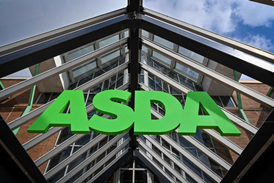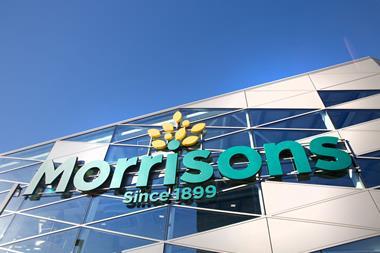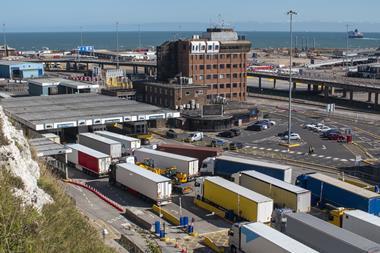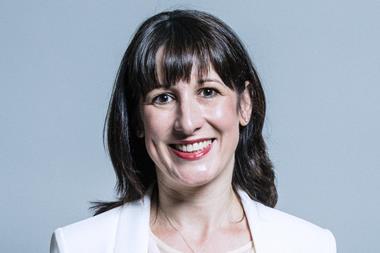The frozen food industry is coming together to attempt a change to a decades-long standard it claims is outdated and contributing to unnecessary carbon emissions. But can it do it?
At COP28 last year, a new coalition by the name of ‘Move to –15°C’ was formed, comprising cold chain representatives hoping to change the rules around frozen food temperatures.
Most frozen food, such as chips, peas, and fish fingers, is stored and transported at –18°C, a temperature standard agreed in the 1930s that has not changed since then. But a recent study found upping the standard to -15C could save around 17.7 million tonnes of carbon dioxide per year – the equivalent annual emissions of 3.8 million cars – and create energy savings of around 25 terawatt hours (TW/h), roughly 8.6% of the UK’s annual energy consumption.
Not just that, it could also cut costs in the supply chain by at least 5% and in some areas by up to 12%. Academics have also said this would not compromise food safety or quality, a finding reiterated in a recent pilot by Birds Eye owner Nomad Foods, which also supported earlier expert conclusions.
Can customers trust frozen food?
Crucially, the pilot has earned the Move to –15°C coalition – which already counted members such as pork supplier Danish Crown, shipping giant DP World, and a number of trade associations including the UK’s Cold Chain Federation – official backing from Nomad, the first major frozen food manufacturer to jump on board.
This is important because if the big frozen food companies like Nomad can prove to retailers and customers they trust the quality of their foods will not decrease by changing the standard, the movement’s UK efforts could take off quickly, says the group’s chairman Thomas Eskesen.
He believes onboarding retailers is the obvious next step – the coalition is already in talks with some of the major supermarkets – as it would help facilitate “farm to fork” trials involving every aspect of the food supply chain.
How food and drink is hitting sustainability targets
Those trials could be vital in building a full picture of the impact that such a change could have on energy spending and carbon emissions. They could also be the key piece of the lobbying puzzle to convince regulators to introduce the requirements at industry-wide scale.
And as Eskesen points out, the movement’s goals also fit in with retailers’ sustainability agendas, as businesses attempt to find ways to tackle Scope 3 emissions that go beyond the obvious clean transportation and food waste targets in the wider race to net zero. With their support, Eskesen believes regulatory overhaul could be achieved within the next 12 months, even.
Ultimately, it’s a “win-win” scenario for everyone involved, he argues. Which is probably why Move to –15°C is quickly garnering support from lots of names globally.
So, if the UK grocery industry – and government – are serious about tackling climate change, this is the kind of no-brainer solution they should be throwing their money at.

























No comments yet